Our newfound love and appreciation for nature continued this year, as did the popularity of green tones in interior design.
It’s easy to understand why as green symbolises freshness, prosperity, growth and energy. Natural, earthy tones like sage and olive have emerged as the most popular.
These muted greens are comforting, serene and are proven to help people feel calmer, as they mimic the feeling of being surrounded by nature. Pair with natural or raw materials to create a soothing, calming sanctuary. Plus, green looks great against any shade of wood flooring – whether you choose a pale, white-toned herringbone or dark rich planks.
Underpin the symbolism of your green colour palette with some strong eco-credentials and select products that are not only good for you, but also good for the planet to create the ultimate green on green interior!
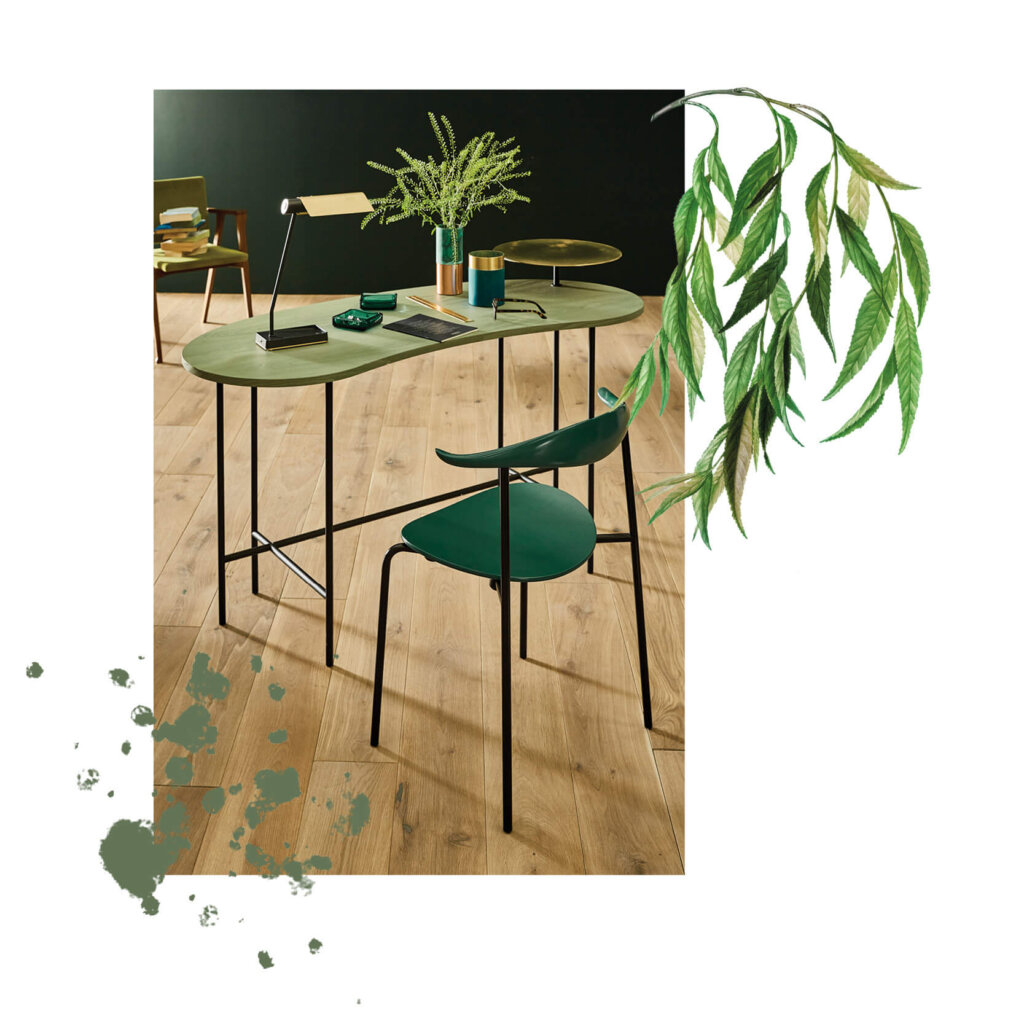
GREENERY
The quickest and easiest way to add greenery to a scheme is by using plants.
Whether it’s a potted plant or a vase on your kitchen island, hallway console table, or in the window, choose foliage with leaves of different shades to decorate your interior or hang plants for an alternative biophilic look.
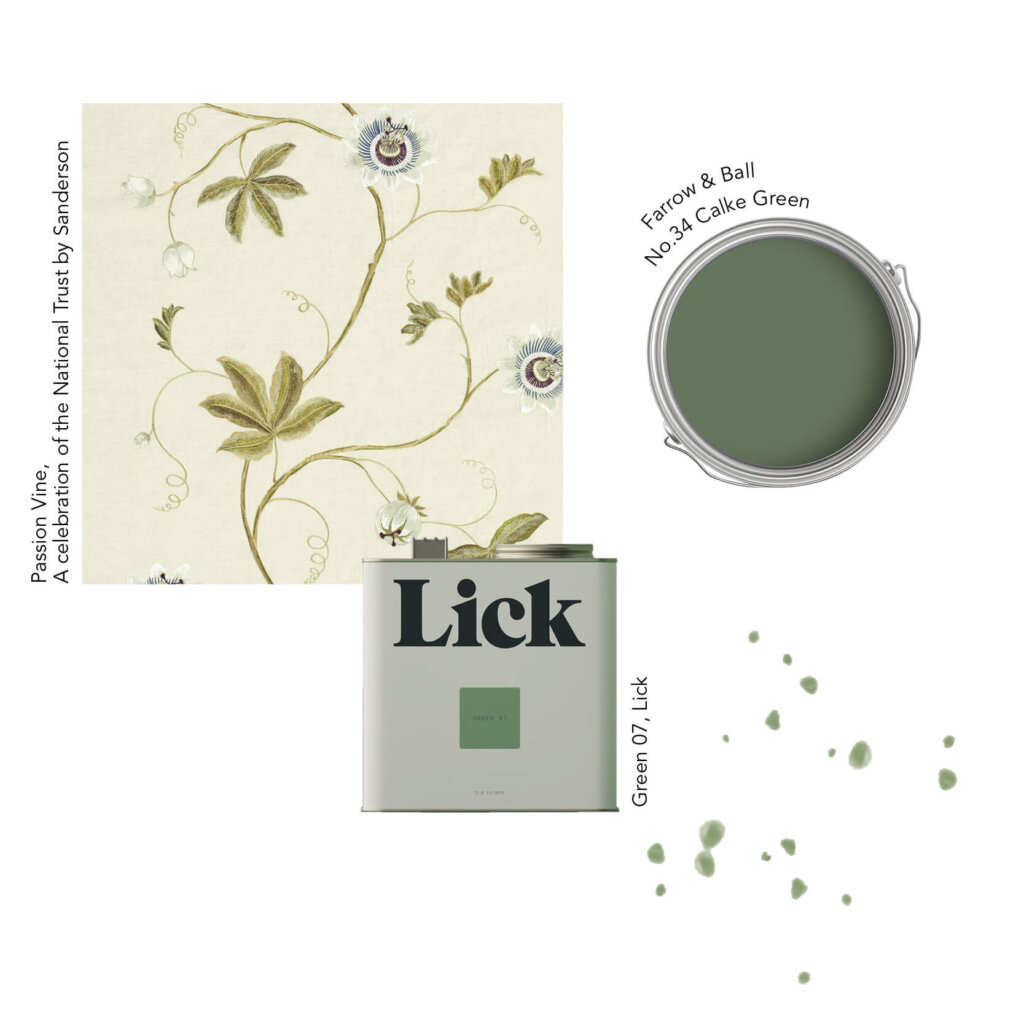
PAINTS, FABRICS AND FURNITURE
Don’t be afraid of painting walls (and even ceilings) green. As green tones are found in our natural environment you’ll find there is one to complement every colour palette.
Sage and olive tones are perfect for relaxation areas like living rooms, bedrooms and bathrooms.
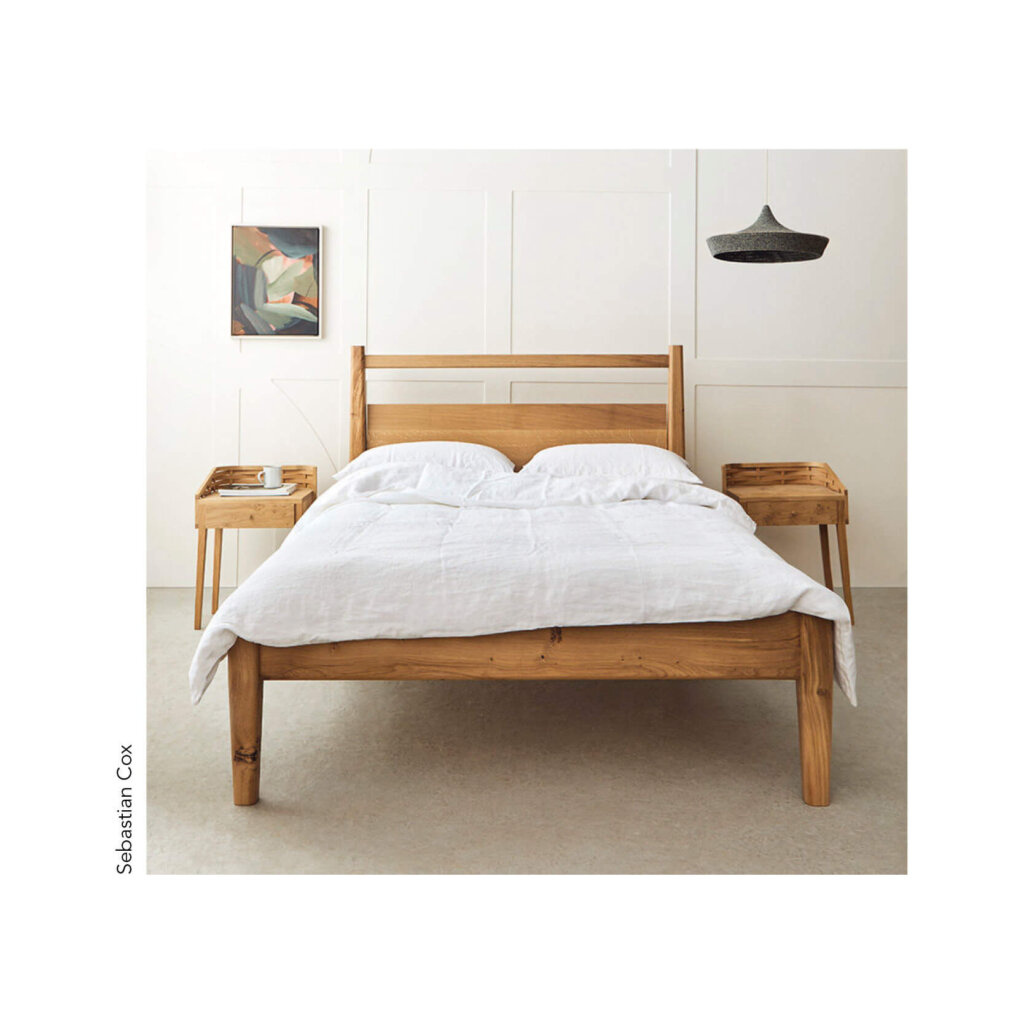
CARBON NEGATIVE FOOTPRINT
Wood is a natural product that helps keep the balance of carbon dioxide in check. Trees absorb CO2 which is broken down to release only oxygen back into the atmosphere.
Because of this timber acts as a carbon sponge and locks away carbon even when it’s cut down, meaning it continues to help slow global warming when it’s turned into a natural wood floor or beautifully hand-crafted piece of wood furniture.
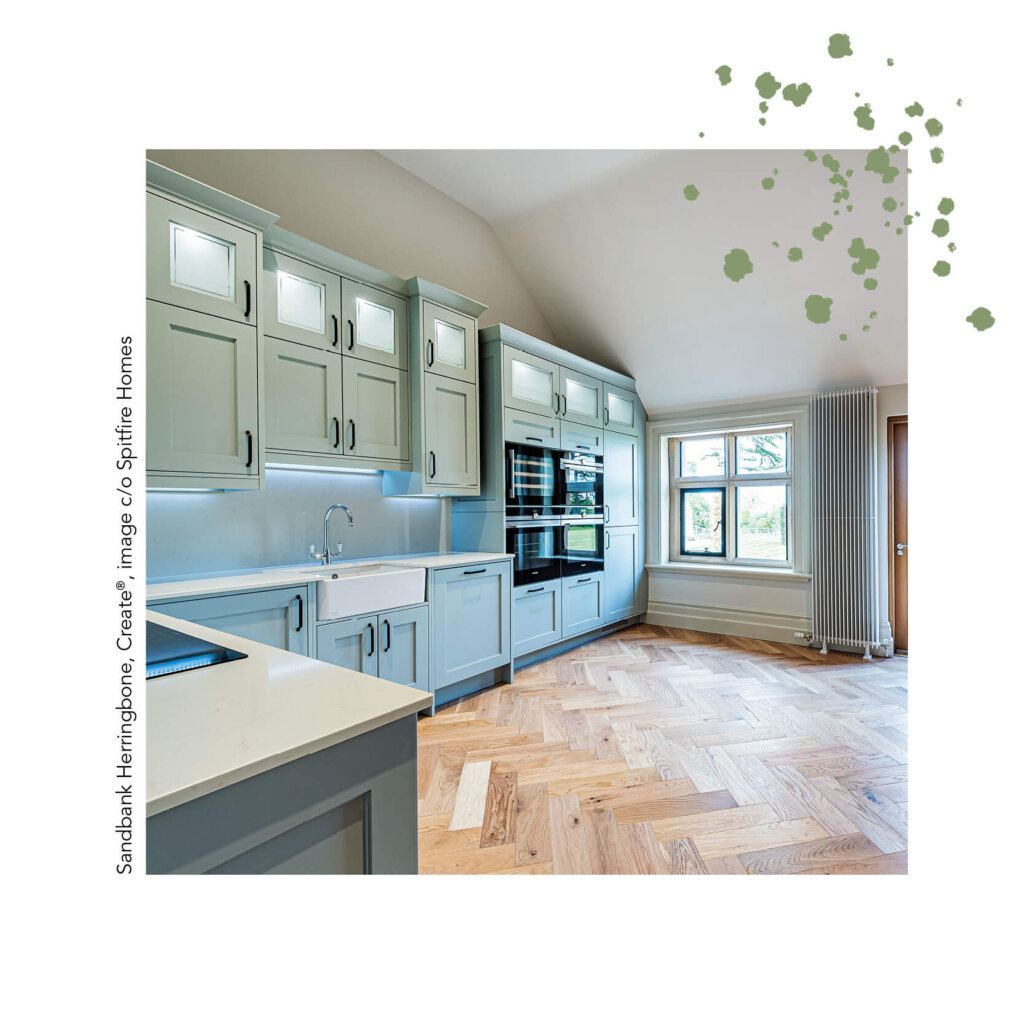
KITCHENS
Green has become the most Instagramable shade for kitchen cabinetry. Pair with gold or brass fittings and accessories and set against simple surfaces like wood or stone.
Popular shades in the kitchen are brighter and more invigorating, like emerald, forest, or jade. Or opt for a grey-green if dark shades are too bold.
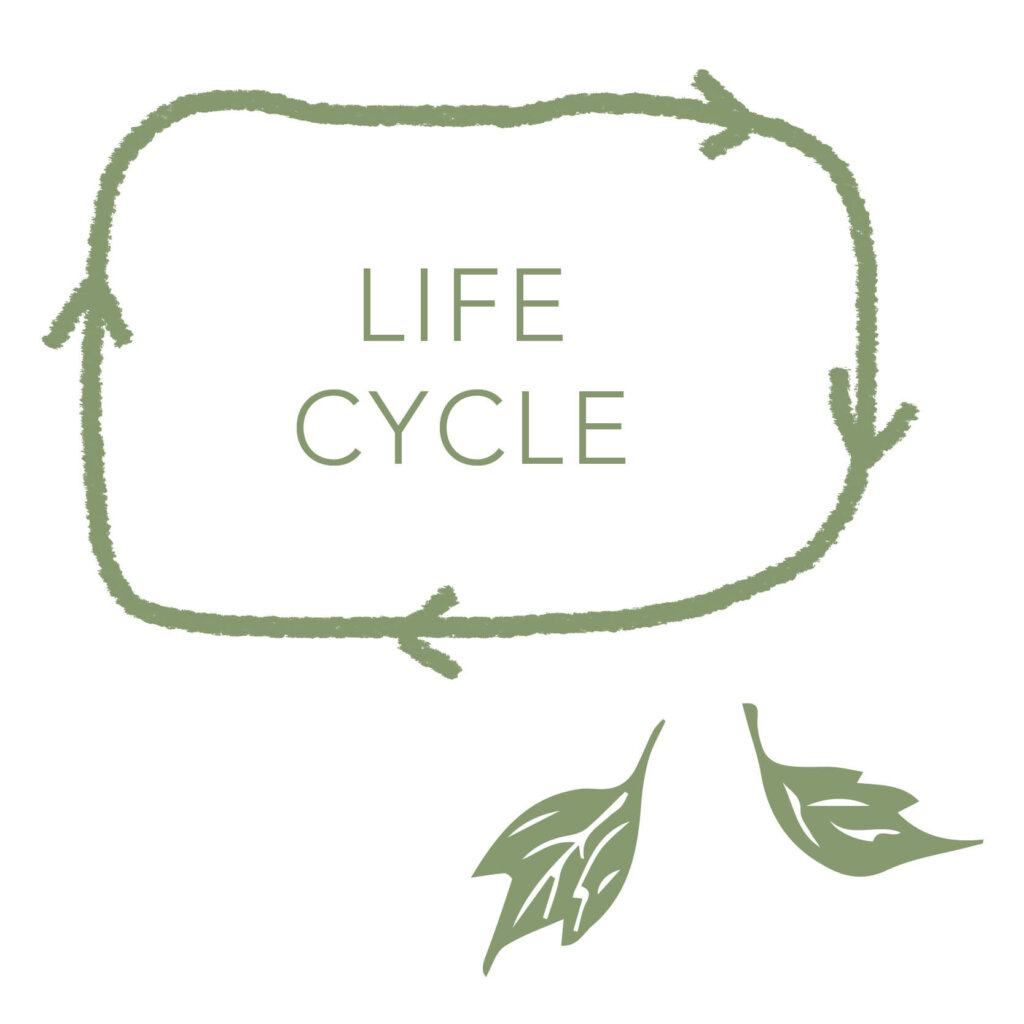
A LIFE CYCLE APPROACH
Thinking about a product from its origin to its conclusion takes into consideration not only its production and consumption but also its full life cycle. Consideration should also be given to what happens at the end of its life as waste is also a major part of environmental sustainability.
Our floors are built for a lifetime of use, and you can extend the life of your wood floor by opting for a minimum 4mm wear layer. This means you can reduce your environmental impact as your wood floor can be sanded and refinished when the time comes. It’s also good to know that when they do come to the end of their life, they could be reused for another purpose or fully recycled.
Discover how a 20mm floor benefits the environment – Step Up To 20mm
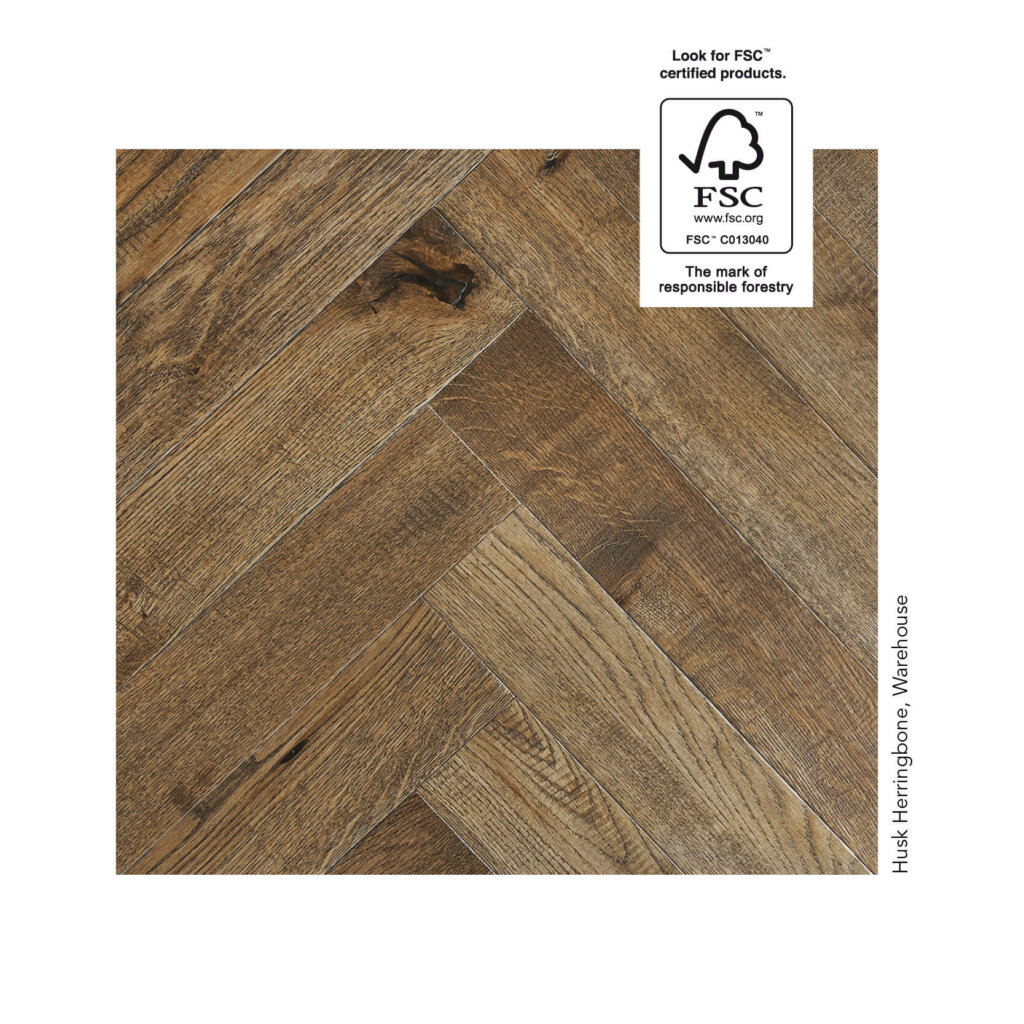
CERTIFIED WOODS
Schemes like FSC™ and PEFC help to preserve forests globally to prevent deforestation and protect biodiversity, which ultimately helps to fight climate change.
We have been FSC™ certified for 24 years and our certification has been renewed successfully every 5 years since.
We’ll never charge extra for FSC™ or PEFC certification. It comes as standard with a Ted Todd floor, and always will.
Learn more about Certified Wood